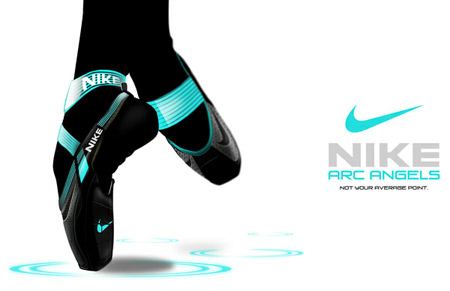 |
Nike's 'Arc Angels' is a new pointy-shoe concept designed for dancers to reduced stress on their feet while doing pointy-work. The particular name was given because it supposedly lasts longer then the normal life span of the pointy dancing shoes of eight to ten weeks.

These innovative glasses by Google's concept is to let you see weather reports, read news articles, watch movies and so on while you are walking, relaxed eating..
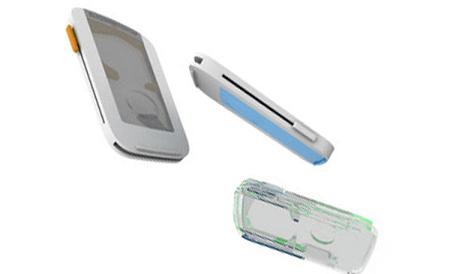
This product is especially designed to keep all your keys. Instead of multiple bulky key-chains, you just have this "key fob" that allows you to slide out which key you need for the moment instead of trying to find the right one through a load of keys. Efficient and innovative.
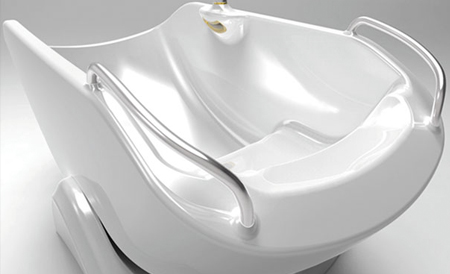 One problem people with that are wheelchair-bound face is the want to soak in a bathtub. Some of them are not able to go in and out of a bathtub, have unbearable difficulty or need someone else's need to do so. Multiple solutions were created over the years, this particular one tilts like a sea-saw/ balance scale and the user can climb in using his hands using the arm-rests on both sides. 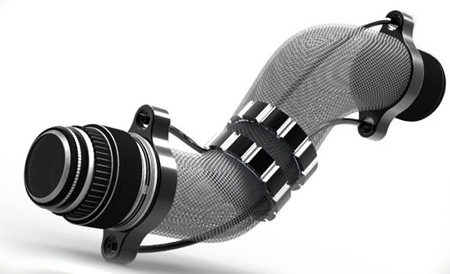 This innovative camera gives you a 360-degree flexibility and helps you capture pictures at any angle your heart desires. The traditional SLR camera is bulky and heavy to use, you have to change multiple positions to capture various angles and it has an uncomfortable grip when holding the camera and also when changing the lens. The benefits of this All-Round SLR camera are that it lightweight and portable. Its flexibility lets you turn it in any direction you want, including 360 degree and OLED display screen for unlimited framing. designer daily. 2012. 30 awesome futuristic product concepts. [ONLINE] Available at: http://www.designer-daily.com/30-awesome-futuristic-product-concepts-26509. [Accessed 29th December '13]. |
Sunday, 29 December 2013
Design of the Future
Futuristic product concepts inspire our imagination. We think about what else could possibly be invented; function, aesthetics, originality..
Thursday, 26 December 2013
The Memphis Group
The Memphis group was founded by veteran Ettore Sottsass. It was an Italian group of young furniture and product designers that dominated the beginning of the 1980's. It had a post-modern style.
The main aim of this group was to create original and interesting designs that had no rules regarding the built, shape and colour of the final product.
The group experimented with unconventional materials, historic forms, colours, styles, decorations ans kitsch motifs . They were mainly inspired from Art Deco and Pop Art. Their designs lacked functionality, but they broke down the barrier between the high and low classes of design.
 |
| Dublin sofa, 1981 Design: Marco Zanini |
Some of their furniture and light designs were revolutionary at the time, they were made out of industrial materials such as printed glass, fire-flake finishes, neon tubes, zinc-plated sheet-metals that were painted in flamboyant colours and patterns, spangles and glitter. As Sottsass liked to say, "Memphis is not new, Memphis is everywhere."
 |
 |
Oberoi armchairs designed in 1981 bu Sowden. They had a combination of a tomato-red upholstery with bright yellow, or blue legs with Natalie du Pasquier’s 1950's chubby pink and black mosaic print.
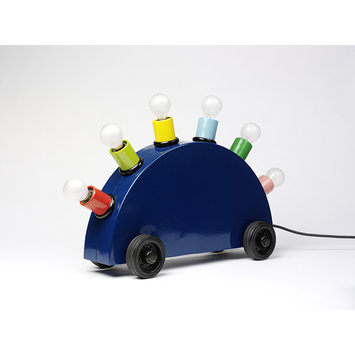 |
Super Lamp designed in 1977 by Martine Bedin was among the first contributions to Memphis. This version of the lamp is the initial prototype that was first shown at Memphis exhibition in 1981. It was made out of painted steel mounted with lighting components.

The Carlton cabinet, designed in 1981 by Ettore Sottsass is an iconic and one of the most outspoken pieces ever designed in the Memphis Group collection. It was made out of laminated wood and plastic.Its colourful, happy colours were inspired from Sottsass' trip to India.
Not everyone was in agreement to the Memphis Group in the design world. Vico Magistretti once said that "This furniture offers no possibility of development whatsoever, it is only a variant of fashion." The co-founder of the IDEO industrial design group Bill Moggridge claimed that "You were either for it, or against it. "All the boring old designers hated it. The rest of us loved it."
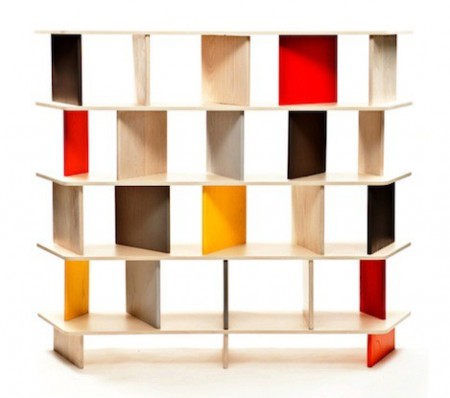
Although the Memphis group did not last long, the work of the various designers in the collection remained important and challenged the traditional modern-making furniture and has been an inspiration even to this day.This moving-panels bookshelf reminds me a lot of Sottsass' Carlton Bookshelf.
Admin. (/). MEMPHIS Product + Furniture Designers (1981-1985) Design Museum Collection. Available: http://designmuseum.org/design/memphis. Last accessed 26th december 2013.
Friday, 20 December 2013
Claes Oldenburg
Born in 1929 in Stockholm, Sweden, but quickly moved to America where he became well-known for his soft sculptures.
He attended School of the Art Institute of Chicago, and Yale.
At the time, plaster was not suited for the task Oldenburg had in mind. It was too fragile and too heavy. To solve the problem, he created sculptures of fabric. He used to design them, and his wife, whose was a very talented seamstress used to sew them. They used to fill them with foam, but after a while, because they were so big Oldenburg started filling them with boxes. After this, Oldenburg used to paint them in colour.
 |
| His wife sewing together the giant burger |
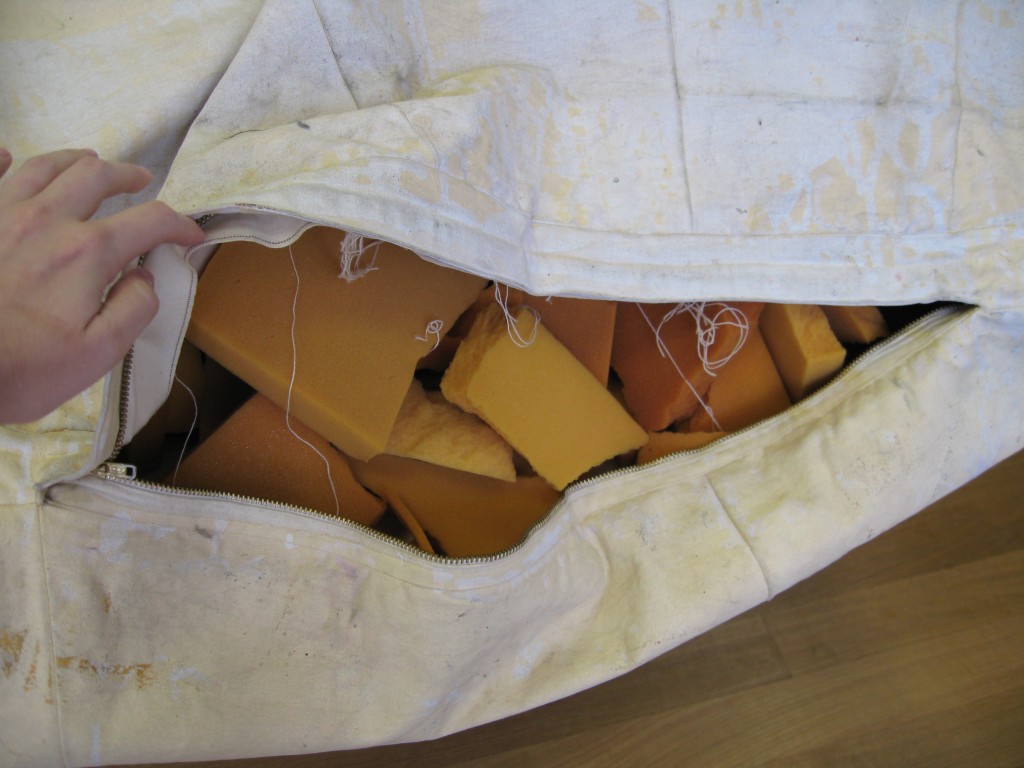 |
| The inside of a soft sculptor filled with foam
He decided he would make his sculptures bigger then normal when he saw luxury cars and grand pianos in mid-town showrooms. He thought that people would love to see sculptures as big as cars and pianos, that they could touch and feel their softness.
He used to inspire himself from everyday objects he saw on the way to work. His work was simple, yet made a statement, and the colossal scale infused humor. He created an alternate form of sculpture by challenging the rigid and austere composition of the sculpture.
|
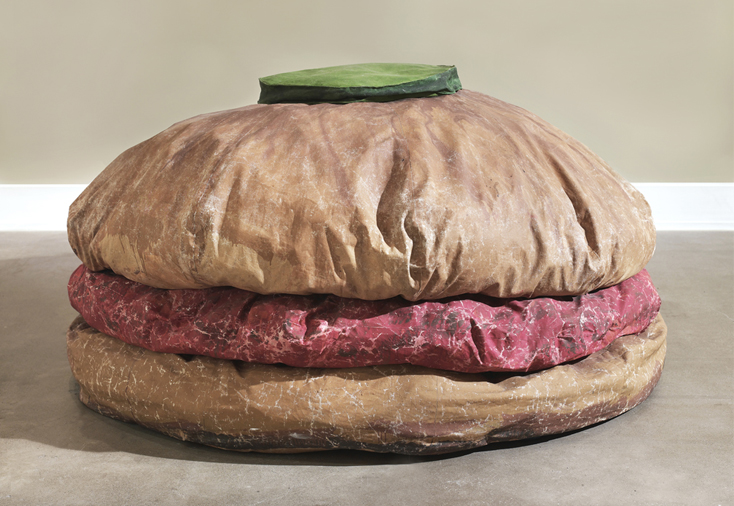
Floor Burger. 1962
 |
| French Fries and ketchup, 1963 |
 |
| Giant toilet, 1963 |
 |
| BLT sandwich, 1963
After a while Oldenburg started using harder materials, such as plaster to exhibit outdoors as well.
 Apple Core  Shuttlecock  typewriter erasor 
Oldenburg was also an artist. This "red tights with fragment" was soaked in plaster over wire frame, and was later painted with enamel. The artist said that this relief is his "vision of a pair of teenage tights seen in the wind at the corner of Avenue A and 14th Street". He refers to the displays of merchandise and also a torn advertisement.
Interesting video of Claes Oldenburg talking about his soft sculpture, inspiration etc.: http://www.moma.org/explore/multimedia/audios/357/4839
|
(2014). Flag to Fold in the Pocket. Available: http://www.moma.org/collection/browse_results.php?criteria=O%3AAD%3AE%3A4397&page_number=5&template_id=1&sort_order=1. Last accessed 20th december 2013.
(2006). Lipstick (Ascending) on Caterpillar Tracks.Available: http://www.yale.edu/publicart/lipstick.html. Last accessed 20th december 2013.
Subscribe to:
Posts (Atom)
